






Old Covenant Worship
The Old Covenant of Law is the foundation on which the New Covenant of grace and truth was built. Although the personal revelation of the Father comes through the life and ministry of Jesus Christ, the Old Covenant revealed the inner workings of covenant relationship between God and man. Since Christ fulfilled the Old Covenant in himself, studying it leads to a systematic revelation of truth: the pattern of God’s ways of doing things. (Ps. 103:7)
This knowledge was carried abroad by the Jews, infusing the early church with an understanding of God’s ways. A study of the Old Covenant therefore helps us understand not only the ministry of Christ, but also our spiritual position in him, defining our responsibilities as citizens of the Kingdom.
Christian Discipleship
Jesus’ parables explain the operating principles of the Kingdom of God, while the Old Covenant illuminates the thematic framework upon which the kingdom stands. The analogy of a road rally serves to illustrate how they work together.
To understand Jesus’ parables is to learn the traffic laws as well as how to control our personal vehicle: accelerating, braking, steering, etc. When we understand Christ’s fulfillment of the Old Covenant and how that applies to our lives, it is like discovering the roadmap in the glove compartment. This map provides direction, pointing out the major landmarks along the way of Christian discipleship en route to maturity in Christ.
Feasts of the Lord Fulfilled
The feasts of the Lord are more than just religious holidays. They are God’s way of thematically ordering time, based on the spring, summer and fall harvest seasons. Each season and feast was accompanied by required worship, based on themes of spiritual growth and progress toward a final goal at year’s end, when the cycle would start anew. The feasts of the Lord and their themes are thus spiritual types of our growth in Christ. They are the refrain of salvation’s theme song.
This song did not start with the feasts. It was first heard in the Garden of Eden and in the promise that a Redeemer would someday come to save mankind. Additional verses were added with each subsequent covenant: the restoration of God’s ways after the cleansing flood; the call of Abraham, the first fruits of the Jewish nation; the consecration of the priesthood; the sacrifice and repentance required by the Law; the righteous judgment of kingship; the joy and peace of being found in the Presence of God in Christ. These seven themes are expressed in the feasts of the Lord, resonating in the temple furnishings and the sacrifices of Old Covenant worship.
Since Old Covenant worship was fulfilled in Christ it is not surprising to find the themes of the feasts of the Lord fulfilled in his life and ministry. He fulfilled the first three spring feasts on their respective feast days in his death and resurrection. The summer feast of Pentecost was fulfilled by the Holy Spirit on Pentecost morning. The final three fall feasts will be fulfilled on Jesus’ return.
A New Covenant Perspective
Old Covenant Worship & Science
Old Covenant worship centered about the tabernacle, and later the Temple. The three principal aspects of worship were the feasts of the Lord, the sacrifices, and the temple furnishings. Each of these elements had a unique function. The feasts organized the year according to a religious calendar. The temple and its furnishings arranged the physical aspects of worship. The sacrifices expressed the power of God: to judge and forgive, to bind Israel to himself and his people to each other. A scientific analysis might conclude that these three aspects of Old Testament worship covered the essential qualities of the universe: Matter, Energy, and Time. The furnishings were a specific arrangement of matter, the feasts ordered time, and the sacrifices expressed the life force of worship.
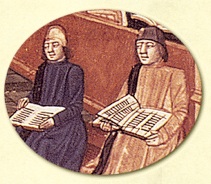
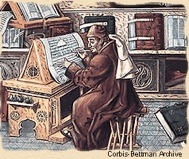












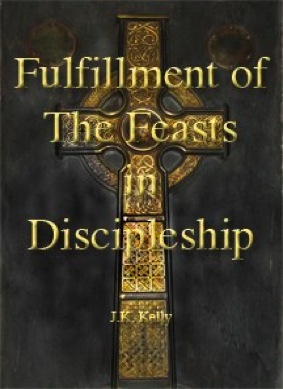
The feasts of the Lord, the furnishings, and sacrifices all worked together to form a complete system of worship. There were seven feasts and seven furnishings, and these shared common thematic elements. Although there were more than seven sacrifices, there are seven that share the progressive seasonal themes common to the feasts and furnishings. These themes convey the developmental nature of the annual cycle of the feasts, portraying a progressively deeper walk with God. Our growth as believers follows a similar seasonal pattern, from conversion to consecration, and ultimately, on to completeness and maturity in Christ. Fulfillment of The Feasts in Discipleship explains the process of coming to maturity in Christ, while Worship in Spirit and in Truth explains our spiritual sacrifice of worship.
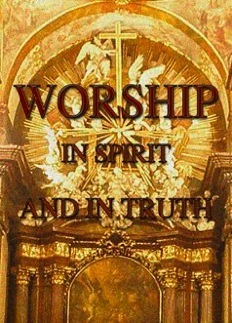


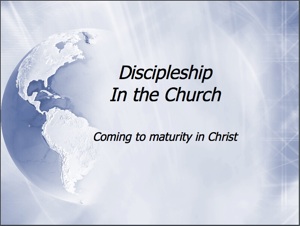


Copyright 2011


